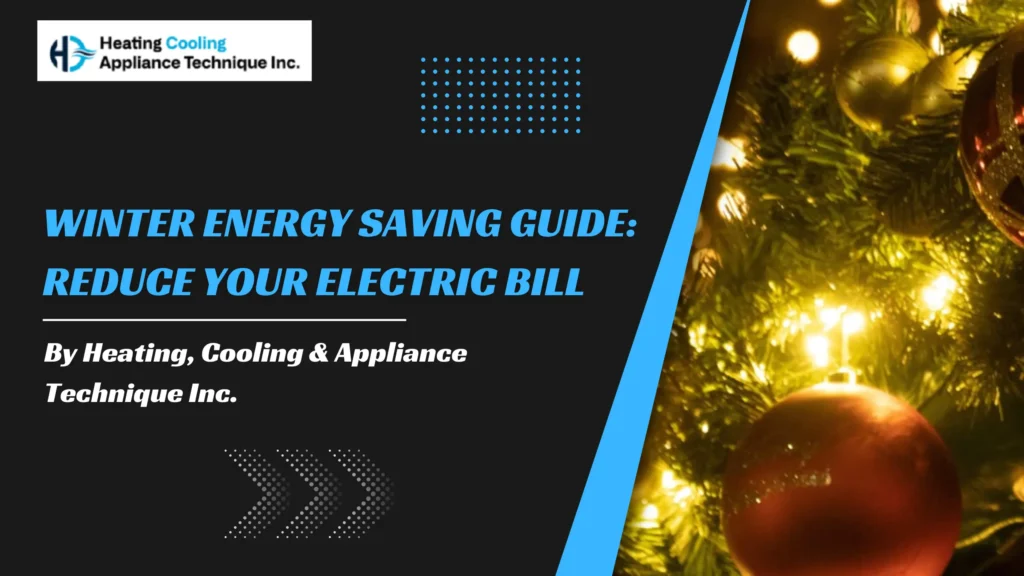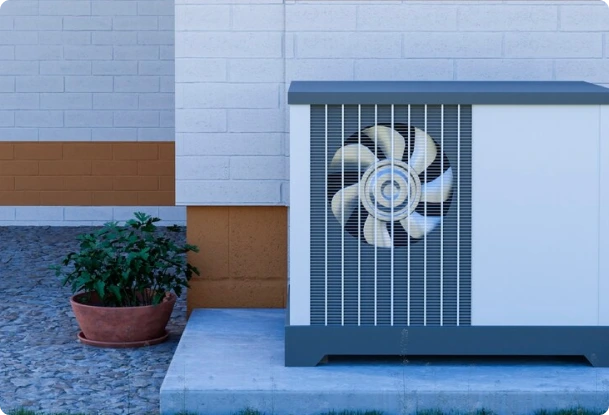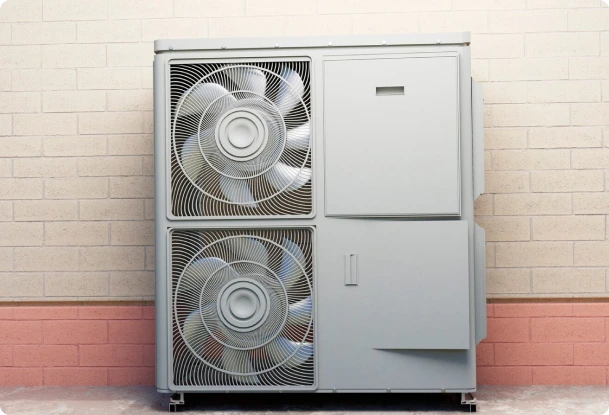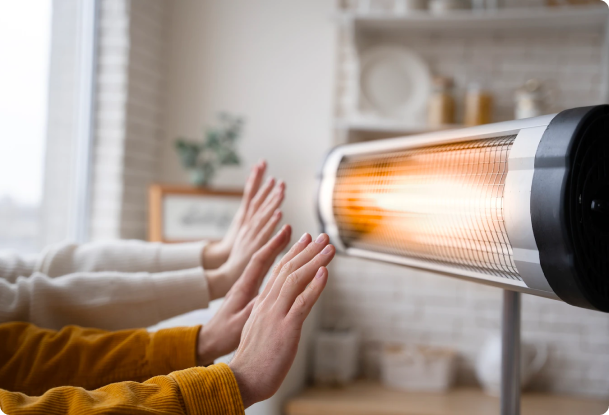
Why Is Your Electric Bill So High in the Winter?
Winter brings its charm, but it often presents the challenge of higher electricity bills. The
rise in energy bills during winter can be attributed to several key factors:
Increased Energy Demand from Heating Systems
As temperatures plummet, the need for heating rises sharply. Homes and offices demand more energy to sustain a comfortable indoor temperature. This heightened demand isn’t solely about heating spaces; it also encompasses increased hot water usage for showers and baths, further adding to overall energy consumption. Since the heating system typically is the largest energy consumer in most households, it operates overtime during these months. This escalated usage is the primary catalyst for your winter energy bills spike.
Old, Less Efficient Heating Systems
Older heating systems are frequently responsible for high energy bills. These systems are typically less efficient, using more energy to heat the same space than newer, more efficient models. Inefficiency is caused by outdated technology that does not use power best. As a result, these systems must run longer and harder, resulting in increased energy consumption and higher bills. While upgrading to a more efficient system may require a significant initial investment, it can result in substantial long-term savings.
Poor Home Insulation
Insulation quality is critical when considering how to reduce your winter electric bill. Inadequately insulated homes lose heat quickly, forcing the heating system to work harder to maintain comfortable interior temperature. Heat loss occurs through walls and roofs and gaps around windows and doors, resulting in increased energy consumption. Improving your home’s insulation is one of the most effective ways to reduce heating costs.
7 Ways to Lower Your Energy Bill in the winter
To solve these winter energy challenges, consider the following winter energy-saving suggestions:
1. Inspect and Replace Your Furnace Filter
A dirty or clogged furnace filter can significantly reduce the efficiency of your heating system. It reduces airflow, forcing the system to work harder to circulate warm air throughout your home. Regular inspection and replacement of the furnace filter, usually every three months, can improve the efficiency of your heating system, reduce energy consumption, and thus lower your energy bills.


2. Upgrade to Energy Efficient Appliances
Upgrading to energy-efficient appliances, including your heating system, can yield significant long-term savings. These electronics are engineered to consume less energy while sustaining the same level of performance. Seek out products with the enargy star label, which indicates that they meet the United States Environmental Protection Agency’s energy-efficiency standards. Although the initial cost may be higher, long-term energy savings can be significant.
3. Set Your Thermostat Appropriately
One of the simplest yet most effective strategies for lowering your average winter electric bill is to use your thermostat wisely. It is best to set your thermostat to a lower temperature when sleeping or away from the house. A programmable thermostat makes this task easier by automatically adjusting the temperature based on your schedule. Even a minor adjustment of a few degrees can lead to significant savings over time. The most important aspect is to avoid drastic fluctuations, as frequent thermostat adjustments can lead to inefficient energy consumption.
4. Open and Close Your Blinds Based on Weather
Blinds and curtains are effective tools for controlling the temperature in your home. On sunny days, open your blinds to let natural sunlight in, warming your home. On cloudy days and at night, close your blinds to add an extra insulation layer, trapping heat indoors. This simple practice can reduce the workload on your heating system, resulting in energy savings.
5. Avoid Portable Heaters
While portable heaters can provide quick warmth, they are usually much less efficient than your home’s central heating system. Instead of relying on them as your primary heat source, improve your home’s insulation and seal any drafts. If you must use portable heaters, select energy-efficient models and use them sparingly. Furthermore, investing in double- or triple-pane windows with low-E coatings can improve insulation and reduce the need for supplemental heating.
6. Weather-strip Your Doors and Windows
Weather stripping is a cheap method to prevent heat loss through aging doors and windows. Sealing the gaps where drafts occur allows you to keep warm and cold air indoors. This not only improves the comfort of your home but also reduces the strain on your heating system, resulting in lower energy bills.
7. Unblock Air Vents
To ensure efficient heating, keep your home’s air vents unobstructed. Furniture, curtains, or rugs that block these vents can obstruct the distribution of warm air, causing your heating system to work harder and use more energy. Inspect and clean ducts regularly to ensure proper airflow and heating efficiency.



